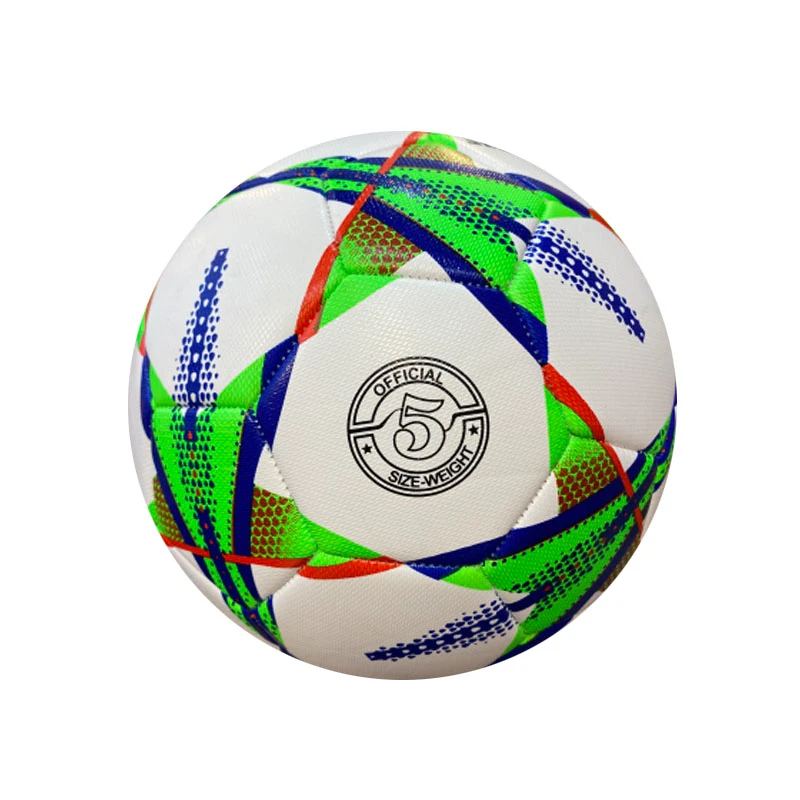Designing your own football, an art that blends creativity with athletic precision, captivates both the casual enthusiast and the passionate football connoisseur. This journey is not merely about aesthetics; it's about crafting an object of performance that aligns perfectly with players' needs and preferences. With an increasing demand for personalized sports equipment, understanding how to design a football that meets specific criteria has become essential.

When embarking on the journey of designing your own football, the first consideration is the material. High-quality leather and synthetic composites are the primary materials used in football manufacturing today. Leather footballs, though traditional and sometimes preferred for their classic appeal, tend to absorb moisture, which can affect performance. On the other hand, synthetic composites are engineered to provide excellent durability and superior performance across various weather conditions. Choosing the right material profoundly impacts the ball's weight, grip, and overall playing experience.
A critical component in football design is the panel pattern. Traditional footballs have consisted of 32 panels; however, innovation in design has led to variations like the 18-panel and 6-panel designs, each offering distinct aerodynamic characteristics. Fewer panels typically result in faster balls with a more predictable flight path, highly favored by professional players looking for precision and consistency in high-stakes matches. Designers must carefully analyze how the panel design will affect air resistance and trajectory to create a football that complements different playing styles.

Color and graphics not only add a personal touch to the football but also play a vital role in visibility during play. Bold, contrasting colors and unique patterns ensure that the ball remains visible in diverse playing environments, whether in a dimly lit indoor arena or under the glaring sun of an outdoor field. Furthermore, incorporating personal logos or mascots onto the ball can foster a deeper connection for teams and players, transforming the football into a symbol of team identity and spirit.
Modern technology has enabled significant advancements in football design, offering tools like 3D modeling and prototyping to visualize and test designs before they are produced. These tools enable designers to experiment with various shapes and patterns that optimize performance. By utilizing computational fluid dynamics, designers can simulate how a football will move through the air, allowing tweaks to be made to the design that enhances aerodynamics and ensures peak performance on the field.
design your own football
Another vital consideration in the customizable football design is sustainability. Eco-conscious consumers increasingly demand products that are produced with minimal environmental impact. Designers can incorporate sustainable practices by opting for eco-friendly materials and ethical manufacturing processes. Recycled or biodegradable composites can be used to create footballs that not only perform well but also support environmental conservation efforts. This choice reflects both a commitment to quality and a responsibility towards the planet.
Quality control is the stage where design meets reality, as rigorous testing ensures the football meets all performance and safety standards. Balls undergo strict evaluations, including bounce tests, circumference measurements, and water absorption checks, to ensure they deliver on the field. High-end custom footballs often adhere to the standards set by professional bodies such as FIFA, offering assurance of quality and consistency.
Trust in the final product also comes from the expertise of the craftsmen involved in its creation. Partnering with reputable manufacturers who have a proven track record in producing high-quality sports equipment is crucial. These experts bring years of experience and a wealth of knowledge, ensuring that each football is crafted to meet the highest standards of excellence.
In conclusion, designing your own football is a sophisticated endeavor that melds art, technology, and athletics. It's an opportunity to create a product that embodies personal or team identity, meets performance specifications, and aligns with modern sustainability goals. With the right materials, innovative design, and an emphasis on quality and sustainability, you can play a vital role in the future of sports equipment, offering players a ball crafted uniquely to enhance their game.













